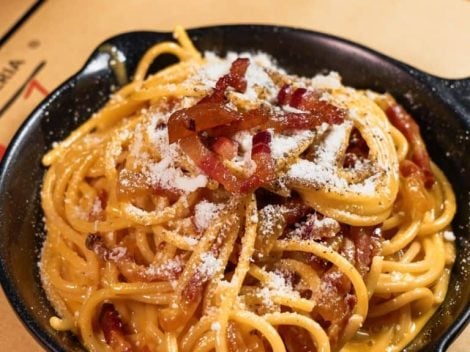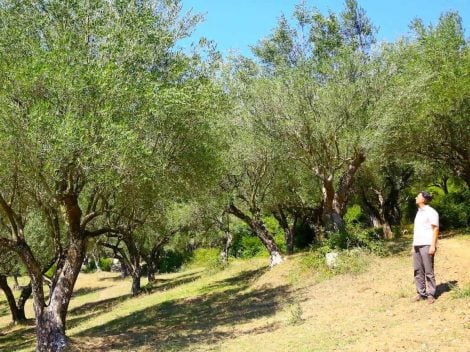Okonomiyaki. The name isn't easy to pronounce, nor to remember, unless you dig into childhood memories, dusting off the manga "Kiss me Licia" and bringing back to light those fritters, or meatballs - as they were called in the cartoon - that Licia's father, Marrabbio, prepared in his restaurant in Osaka. And it's from this city that one must start to explain what okonomiyaki is and how it's made, a Japanese street food originating from the Kansai region of the country where the dish is consumed on every occasion: with friends at home, at restaurants, and on the streets during festivals.

What is Okonomiyaki and how is it made
"Everyone calls it the pizza of Osaka (sometimes also of Hiroshima, a city that claims its paternity, editor's note) but only because anything round is said to be pizza," says Mai Shinohara, a cook and oil taster, smiling. It's a kind of soft pancake made with a basic batter of flour, eggs, water, dashi (Japanese broth), a little yeast, and savoy cabbage. "The batter obtained by mixing all these ingredients is not liquid or compact, but dense just like a pancake," explains Shinohara. It is cooked on a hot plate, called teppan in Japanese, found in restaurants; in the homemade version, a simple pan greased with very little oil is used "only to prevent the batter from sticking" and then cooked on both sides. Literally, okonomi means "what you want, what you prefer" and yaki means "grilled," which is why other ingredients can be added to the list of basic ingredients as desired, such as tenkasu, scraps of fried batter used to make tempura.
The scenic - and tasty - topping makes this poor dish of Japanese cuisine its distinctive feature: after the pancake is cooked, it's fun to add strips of mayonnaise, katsuobushi, and nori seaweed (as desired), but the Otafuku sauce cannot be missing, "essential for this recipe, without the sauce in question, okonomiyaki is not okonomiyaki, also because you can't add ketchup to it," explains Shinohara. It's a particular sauce, almost impossible to replicate at home, made with twenty spices, vegetables, and fruits, to put it simply, it's very similar to Worcestershire sauce. In fact, as the Japanese cook recounts: "Before Osaka invented Otafuku, English sauce Lea&Perrins was used: the taste is very similar, but the former is thicker than the latter."
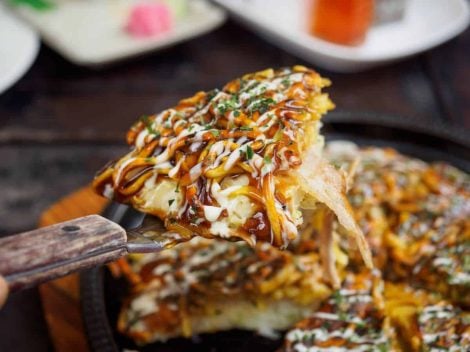
Okonomiyaki: Hiroshima's Version and a bit of history
In addition to the original version from Osaka, there is a variant reproduced in Hiroshima which, as mentioned, contends for the authorship of the recipe, "in this second case, simple crepes are prepared and then stuffed with toppings as desired like spaghetti, vegetables, meat," specifies Mai Shinohara. But history explains the birth of this street food: after World War II, Japan was a poor farming country, and with the few ingredients available such as water and flour received from the United States as post-war humanitarian aid, this recipe was devised in Osaka, taking inspiration from the recipes of senbei and buns that the Chinese ate: "Since Osaka was a port city, it was easy to take influences from China," says Shinohara, and adding ingredients like savoy cabbage and eggs.
How Okonomiyaki is eaten in Japan
In addition to being tasty and easy to prepare, okonomiyaki is also a dish that unites, as the Japanese cook recounts: "We have okonomiyaki parties at home with friends, we all sit at the table with bowls containing the ingredients and small mobile plates to prepare them at the moment in the shape we want, small or large, and season them as desired. To accompany, we drink fresh beer." This practice is also in vogue in restaurants: waiters supply customers with ready-made batter and topping ingredients, and everyone composes their own okonomiyaki as desired. For those who want convenience, among the streets of Osaka, but also in other cities in Japan where street food has been embraced, there are stalls at festivals like New Year's, but also daily, where you can buy them already made, satisfying the craving without too much effort.
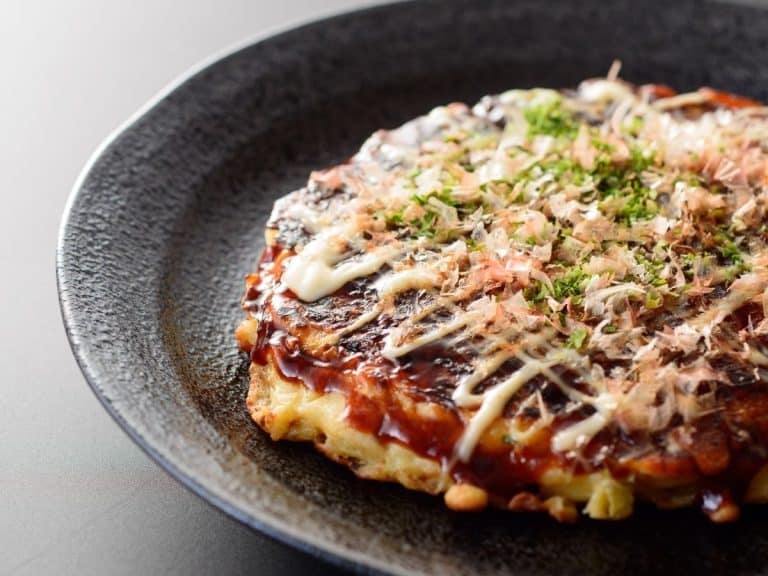
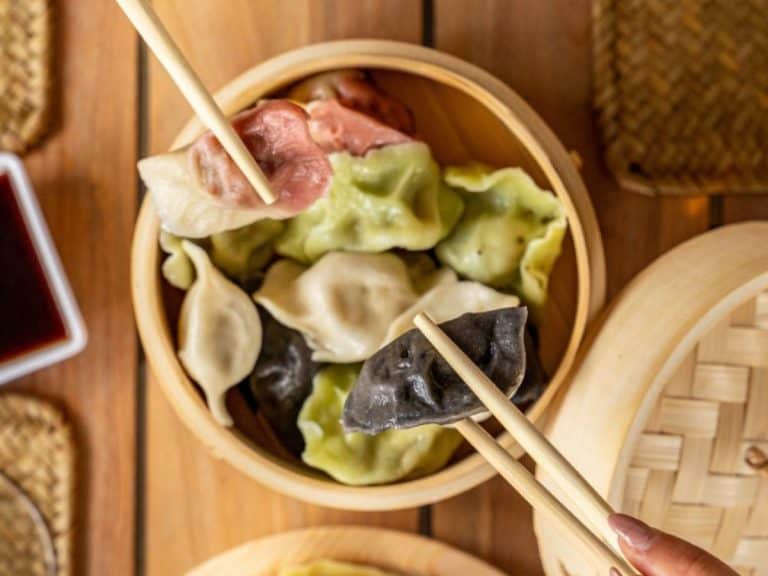 The king of Chinese dumplings arrives at the Testaccio market in Rome
The king of Chinese dumplings arrives at the Testaccio market in Rome The 13 best Pinot Bianco with the best value for money selected by Gambero Rosso
The 13 best Pinot Bianco with the best value for money selected by Gambero Rosso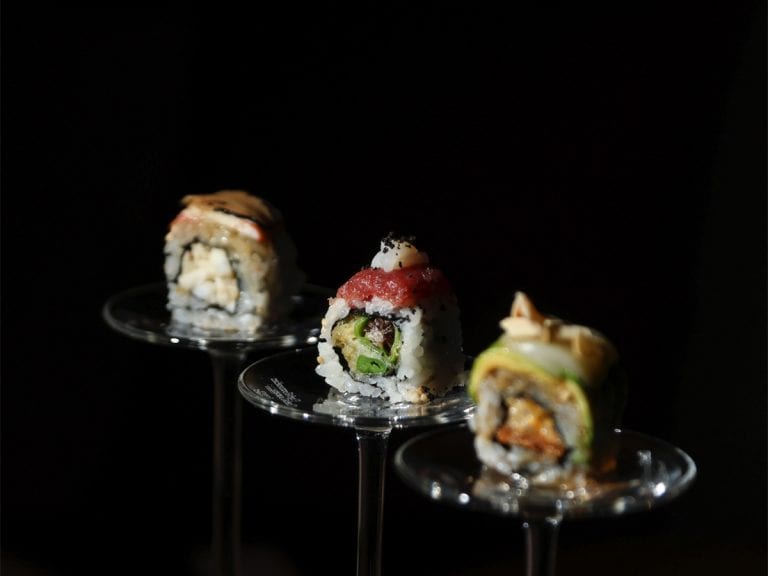 Not only pasta, potatoes, and provola. Where to eat in Naples the Nippo-Brazilian and Nikkei cuisine
Not only pasta, potatoes, and provola. Where to eat in Naples the Nippo-Brazilian and Nikkei cuisine Where to eat in Cinque Terre. The best addresses chosen by Gambero Rosso
Where to eat in Cinque Terre. The best addresses chosen by Gambero Rosso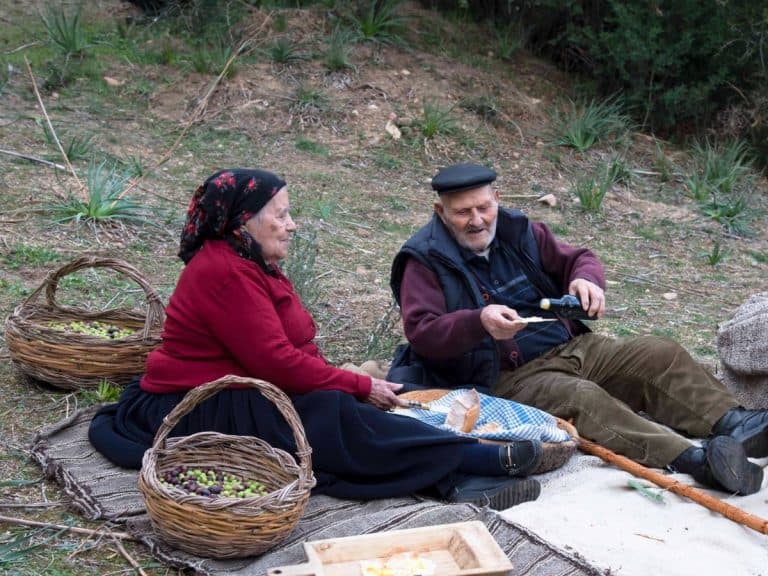 Many small producers come together in the heart of Sardinia and produce one of the best oils in Italy from centuries-old trees
Many small producers come together in the heart of Sardinia and produce one of the best oils in Italy from centuries-old trees